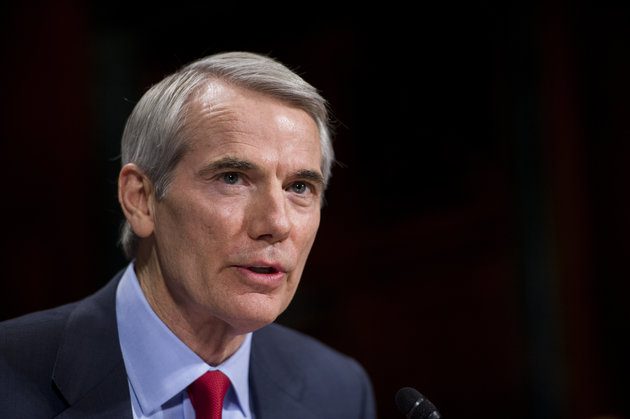Unaccompanied Migrant Children’s Vulnerability to Human Trafficking in the United States
Recent reports of unaccompanied migrant children arriving in the United States and being subjected to situations of human trafficking and exploitation have caught the attention of Congress and may spur reform. As previously reported in Human Trafficking Search, the influx of unaccompanied children arriving in 2014 and the recent increase in fall 2015 have given way to serious protection concerns in home countries and in the U.S.
On January 28th, the Senate Committee on Homeland Security and Governmental Affairs Permanent Subcommittee on Investigations conducted a hearing entitled “The Adequacy of Department of Health and Human Services Efforts to Protect Unaccompanied Alien Children from Human Trafficking.” The hearing was called in response to the recently reported labor trafficking ring of unaccompanied children in Ohio of UACs. Over a period of four months in 2014, Department of Health and Human Services (HHS) allegedly placed a number of unaccompanied migrant children in the hands of a human trafficking ring who forced the children to work on egg farms in and around Marion, Ohio, leading to a federal criminal indictment. On July 1, 2015, a federal grand jury indicted four defendants for allegedly recruiting and smuggling Guatemalan nationals into the United States for the purpose of forced labor as agricultural workers at an egg farm in Marion, Ohio. Beginning in 2011, the traffickers and unnamed conspirators brought Guatemalan nationals to the United States to work in forced labor. Around March 2014, the defendants started recruiting minors, as they believed they would be easier to bring successfully into the country, easier to control, and harder workers. The traffickers obtained deeds to real property from the victims’ families to secure the victims’ smuggling debt and would retain the deeds to the properties if any part of the debt went unpaid.
The traffickers lured the victims to travel to the United States on the promise that they would be able to attend school once they arrived. The minor victims were forced to work six or seven days a week, twelve hours per day. The traffickers repeatedly threatened the victims and their families with physical harm, and even death, if they did not work or surrender their entire paychecks. The traffickers used a combination of threats, humiliation, deprivation, financial coercion, debt manipulation, and monitoring to create a climate of fear and helplessness that would compel compliance.
This incident and approximately 24 other incidences of unaccompanied children placed into the hands of traffickers have been identified by Congressional investigation and have initiated discussions about how to better ensure unaccompanied migrant children are not susceptible to trafficking. Much of that reform is targeted at improving HHS’s ability to provide services to UACs. Republican Senator Rob Portman, in a prepared statement at last week’s Senate hearing stated that HHS did not have proper procedures in place to protect unaccompanied migrant children who entered the United States without an accompanying adult. Solutions provided by experts included increasing funding to HHS so that all unaccompanied children would be entitled to post-release services, such as social worker visits to the home and appointments with caretakers as well as more investigation of sponsors. Other solutions to this issue also include implementing a national abuse and neglect database. As the numbers of unaccompanied migrant children increases, the vulnerability of these children will continue to be an important protection, anti-trafficking and child welfare issue.
Ashley Feasley is the Director of Advocacy at the Catholic Legal Immigration Network.
Photo Credit: Huffington Post

